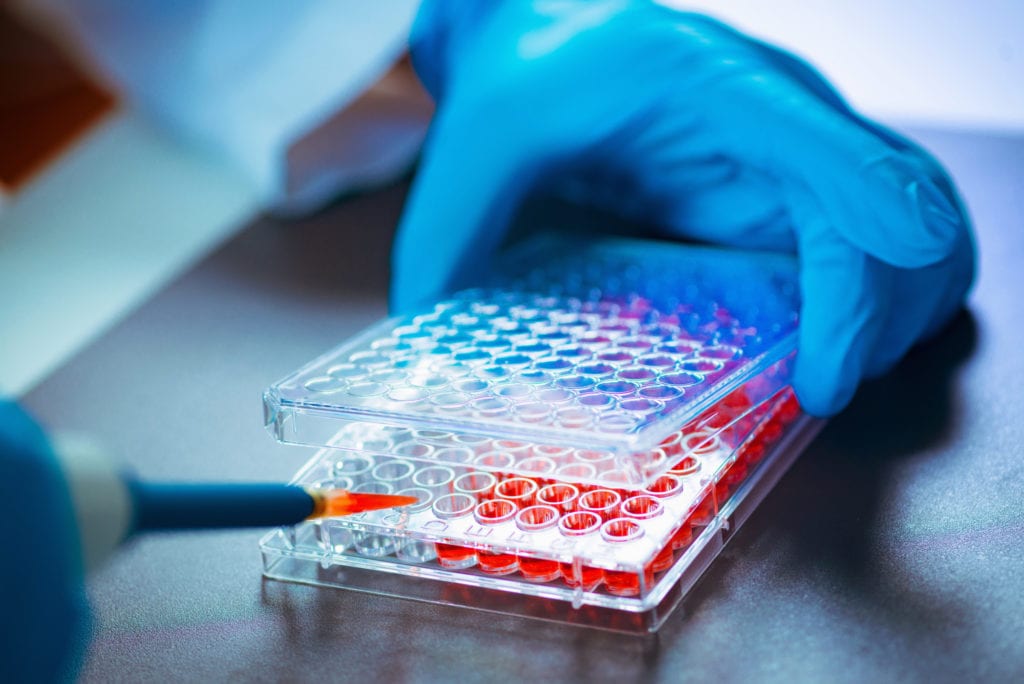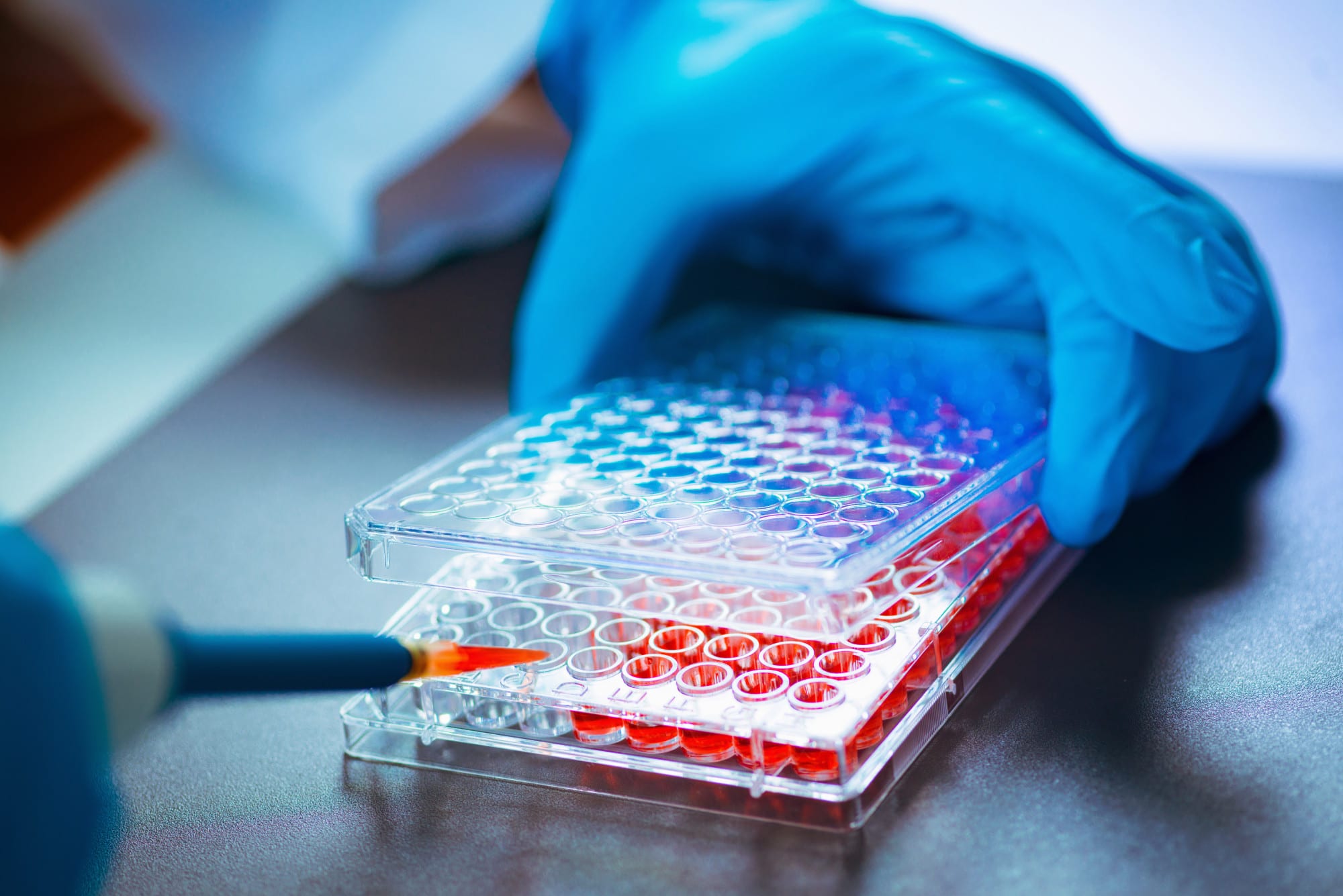
Hands up if you know the difference between tissue engineering and regenerative medicine?
If your hand is down, you’re not alone.
Most people are still unsure about these terms and many don’t realize how useful this field of science is and the ways in which it’s growing.
Tissue engineering is the use of biomaterials to repair skin, cartilage, and even important organs! Here are some amazing advancements in the industry.
What is Tissue Engineering?
The term Tissue engineering refers to a practice that evolved from the field of biomaterials development. Tissue engineering involves the combination of cells, scaffolds and biologically active molecules into functional tissues.
What are tissues, you ask?
Biology classes a tissue at a cellular organizational level between cells and a complete organ. A tissue is a group of similar cells and their extracellular matrix from the same origin that together carry out a specific function. Organs are then formed by the functional grouping together of multiple tissues.
There are four main types of tissue: muscle, epithelial, connective and nervous.
One of the main goals of tissue engineering is to assemble functional constructs that restore, maintain, or improve damaged tissue and even whole organs through organ replacement.
What is Regenerative Medicine?
The field of Regenerative medicine continues to evolve. It’s a broad field that includes tissue engineering and even research on self-healing.
This research is cutting-edge and demonstrates that the human body can make use of its own systems, supported by foreign biological material, to recreate cells and even rebuild tissues and organs.
We’re watching this field evolve in exciting ways. Along with its medical applications, non-therapeutic applications include using tissue chips to test the toxicity of an experimental medication and using tissues as biosensors to detect biological threat agents.
In reality, the terms “regenerative medicine” and “tissue engineering” have become largely interchangeable. In general, the hope is that these fields together will focus on cures rather than treatments for chronic, complex diseases.
Things are Changing
Both humans and animals can lose tissues or organs due to congenital defects, diseases, and trauma.
Compared to urodele amphibians, commonly referred to as salamanders, the human body has a low regenerative potential. In line with this, millions of people around the world would benefit hugely if both organs and tissues could be replaced oh demand.
Until now, we’ve relied solely on transplantation of intact tissues and organs to replace diseased parts of the body. This has created a waiting list of people who desperately require organs and tissues. The reality is that the supply simply can’t meet the demand. Patients, therefore, suffer for longer and many will not survive the time it takes for a donor organ to become available.
In addition, the cost to society of caring for patients with failing organs and chronic diseases is immense.
Motivated by these reasons, scientists have been working on new therapies and models to develop reliable, safe sources of tissues and organs. In some cases, the projects focus on creating new tissues altogether.
Keep reading to find out more about the impressive advancements in tissue engineering. In addition, please visit this site for more information.
3D Bioprinting
One of the most exciting innovations that have come out of the field of regenerative medicine and tissue engineering is three-dimensional bioprinting (3D bioprinting) or tissues and organs.
The practice of 3D bioprinting offers great potential for revolutionizing the field of regenerative medicine. Artificial tissue and organ bioprinting will improve the field of bioprinting, and in turn, these fields will be improved by the advances in bioprinting.
This research is moving forward, although there are still challenges to overcome before this kind of disruptive technology is widely used in regenerative medicine.
Stem Cell Environment Control
Scientists have been working for years on the way in which to control how stem cells develop into other kinds of cells.
In the hopes of developing new therapies, researchers are growing pluripotent cells. These are stem cells with the ability to turn into any kind of cell. Depending on the defined space, scientists found the confinement triggered very different, specific gene networks. These networks then determined the ultimate fate of the cells.
This discovery that there’s a biomechanical element when controlling how stem cells transform into other cell types is a new and critical piece of the puzzle as scientists attempt to control and harness stems cells for medical uses.
Inkjet Bioprinting
These days, you may be surprised to find out that inkjet printing can be used for both biological and nonbiological applications.
Put simply, commercially available inkjet paper printers were converted into printers of biological material [31, 107, 124–126]. And then what? Biological material is sprayed in liquid form onto defined surfaces with increased precision and at high speeds.
Next, the printer ejects liquids using acoustic or thermal forces onto a substrate which is usually part of the graft to be transplanted onto the tissue.
In the case of thermal inkjet printers, a heated print head will emit drops of biological material onto the scaffold. Incredibly, and the heating doesn’t impact the quality or integrity of the biological material.
Human Livers in Mice
In this innovative research, scientists are implanting specially created human liber that can be implanted into a mouse.
How it works is as follows: the mouse keeps its own liver and, therefore, maintains normal function. However, the added piece of human liver is able to metabolize the exact same way humans do.
This enables researchers to test a number of critical responses. These include susceptibility to toxicity, which would otherwise be very difficult to test. It also allows them to demonstrate species-specific responses that otherwise don’t eve show up until clinical trials, at which point it’s often too late.
Helping Engineered Tissue Survive
At present, any engineered tissues bigger than 200 microns (twice the width of a human hair) in any dimension can’t survive.
This is due to the fact that they don’t have veins or arteries (vascular networks). Tissue requires a healthy ‘plumbing system’ as a way to absorb nutrients into the cells, and in turn, carry away waste. Without a similar mechanism to the blood supply, the cells will die very quickly.
As an end goal and in an ideal situation, scientists would hope to create engineered tissue with this plumbing system already built-in.
The Next Steps
After reading this article, you should have a better grasp over tissue engineering and it’s current trends.
It’s always useful to stay abreast of this kind of research, as you or someone you know may benefit from the important advancements in this field.
So, what are the next steps?
For more information about muscle tissue replacement, cardiac replacement, or anything else involving regenerative medicine please chat to us.
